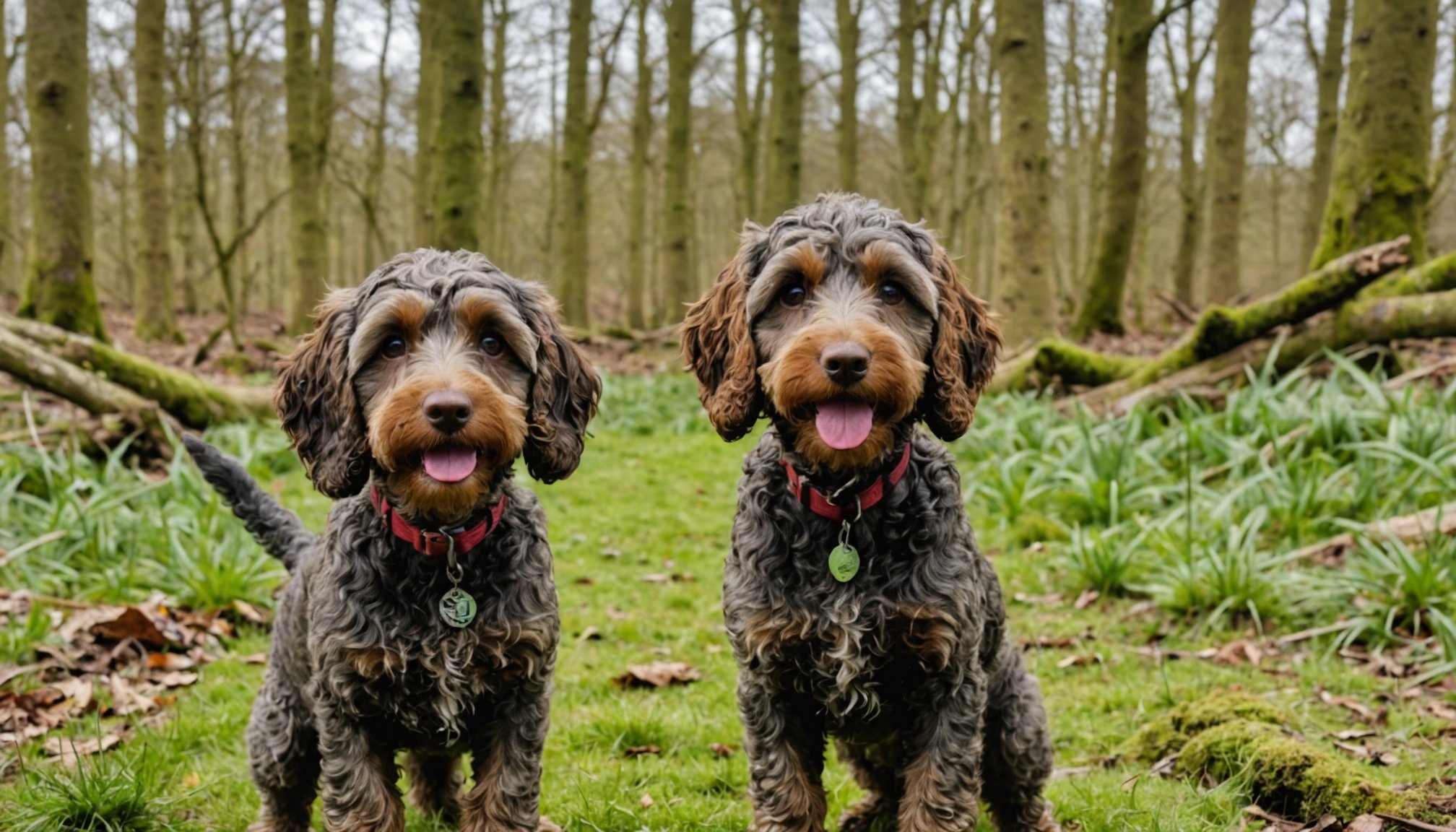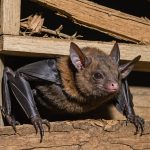Understanding Wildlife Behavior in UK Parks
Exploring wildlife encounters in UK parks provides valuable insights into the vibrant animal communities that inhabit these spaces. From serene deer to playful foxes, each species exhibits unique animal behavior patterns. Understanding these can enrich your park visits and ensure safety for both humans and wildlife.
In UK parks, you’ll often encounter creatures like squirrels, hedgehogs, rabbits, and a variety of bird species. Their behaviors can vary significantly. For instance, squirrels are busy foragers, while hedgehogs are more nocturnal. Recognising such differences can enhance your wildlife experience.
A voir aussi : Exploring Cutting-Edge Treatments for Chronic Kidney Disease in Senior Cats
The predator-prey dynamics also play a crucial role in these ecosystems. Observing how predators, like birds of prey, interact with their environments can offer a deeper appreciation of ecological balance. This knowledge not only enhances personal safety during wildlife encounters but fosters respect for these fascinating interactions.
Seasonality significantly influences wildlife activity. In spring, many animals are active, raising young and exploring more. Conversely, winter sees reduced activity as some species hibernate or migrate. By understanding these seasonal patterns, park-goers can better plan visits for optimal wildlife observation while minimising disturbance to animal behaviour.
A lire également : Discover the UK Bat Species Thriving with Garden Bat Boxes: A Guide to Helping Local Wildlife
Essential Training Techniques for Cockapoos
Training your cockapoo can be a rewarding journey with the right techniques and tools. Among the most effective methods is positive reinforcement, which involves rewarding your pet for good behaviour. This approach is especially suited for cockapoos due to their affectionate and intelligent nature. By focusing on positive reinforcement, owners can encourage their pets to repeat desirable actions, building a strong foundation for more complex obedience training.
Begin with teaching basic commands, such as ‘sit’, ‘stay’, and ‘come’, using small treats or toys as rewards. Gradually introduce more complex commands relevant to real-life scenarios, like wildlife encounters. For instance, if your cockapoo tends to become overly excited during walks where wildlife is present, practice the ‘leave it’ command in a controlled environment first. Praise them verbally each time they respond correctly.
Consistency is pivotal in dog training. Regular, scheduled training sessions help reinforce the learning process and ensure commands remain clear. It’s vital to remain patient, persistent, and to maintain a positive attitude throughout these sessions. With time and dedication, you’ll establish an effective communication channel with your cockapoo, enhancing both your relationship and their ability to respond appropriately in various situations.
Safety Precautions During Wildlife Encounters
When venturing outdoors, pet safety becomes paramount, especially during potential wildlife encounters. Keeping your cockapoo on a leash is not just a measure to control eagerness, but a crucial element in maintaining safety. Leash management involves selecting a sturdy and comfortable leash, and ensuring it’s fastened correctly to prevent sudden escapes when wildlife is near.
Being vigilant of your environment is vital. Signs that might indicate wildlife presence include unusual sounds, animal droppings, or rustling bushes. In such instances, it is recommended to stay calm and quietly retreat to avoid startling any animals, which might provoke an unfavourable reaction.
Equipping yourself with the correct gear enhances safety further. Essentials for park adventures include:
- Sturdy, reliable leash
- Collar with identification tags
- Portable water bowl
- First aid kit
The leash, in particular, allows you to control the distance your cockapoo can stray away, limiting unwanted wildlife interaction. Practising proper leash management allows for a balanced and enjoyable outing, ensuring your cockapoo is less likely to inadvertently invite danger. By combining awareness and preparedness, both you and your pet can relish in safer explorations.
Recommended Parks for Cockapoo Adventures
Exploring the great outdoors with your cockapoo can be a delightful experience, especially within the stunning dog-friendly parks scattered across the UK. These parks offer splendid nature trails and enchanting wildlife spotting opportunities, ideal for adventurous dog owners.
When selecting a park, consider spaces that offer safe, off-leash areas and be mindful of amenities such as water stations and waste disposal options. Parks that provide a mix of wooded trails and open fields are often favoured by owners, ensuring your cockapoo can enjoy the freedom to explore varied terrains.
Top Dog-Friendly Parks in the UK
-
Hampstead Heath, London: Known for its expansive meadows and breathtaking city views, this park is a fantastic haven for dogs and their owners. With numerous trails winding through scenic woodlands, it’s perfect for witnessing wildlife.
-
Richmond Park, London: This royal park is home to a significant population of deer, providing a unique wildlife experience. Dogs are welcome, but it’s essential to keep them under control near wild animals.
-
Tatton Park, Cheshire: Famed for its gardens and vast deer park, this destination is perfect for long, uninterrupted walks amidst history and nature.
Cockapoo owners frequently share thrilling tales of their pets delighting in the stimuli these parks offer, ensuring every walk is an adventure.
Visual Aids and Real-Life Examples
When navigating the world of training your cockapoo, visual aids can be invaluable. These tools offer a clearer understanding of complex training techniques. For instance, using videos demonstrating recall commands can significantly improve success rates when your cockapoo faces wildlife distractions. Photos showcasing proper posture and hand signals enhance these techniques.
Real-life examples from fellow cockapoo owners provide relatable insights. Communities often share experience sharing stories which serve as both inspiration and practical guidance. One user recounted how interactive training visuals aided their dog in overcoming a fear of squirrels. This highlights the value of shared experiences in devising effective training strategies.
Incorporating community examples into training routines fosters a supportive atmosphere. Connecting with other owners offers a wealth of knowledge grounded in real-world practice, ensuring a more rounded approach to wildlife encounters.
Experts stress the importance of combining visual aids with tested techniques. They advocate for integrating wildlife safety tactics routinely to maintain control and enhance pet security. By leveraging expert insights, owners can refine their approach, ensuring both wildlife safety and effective cockapoo management. Embracing these resources empowers owners to tackle challenges with confidence and ease.










